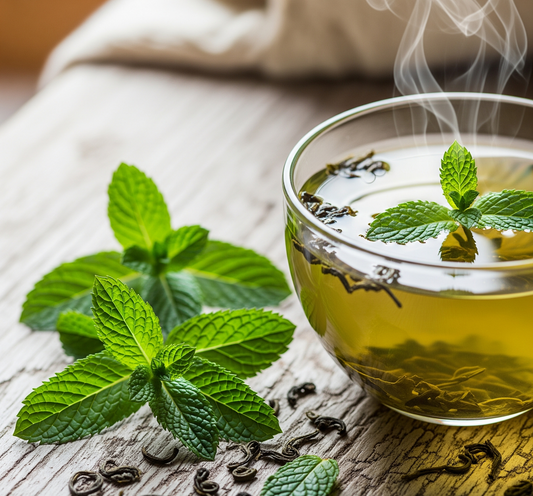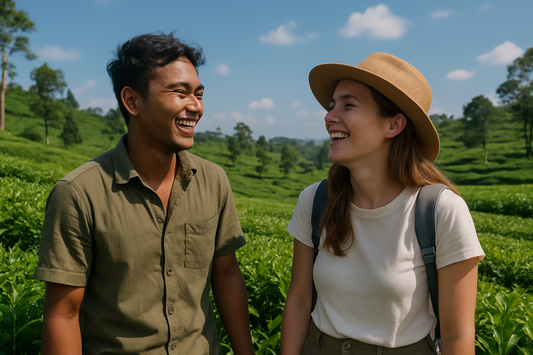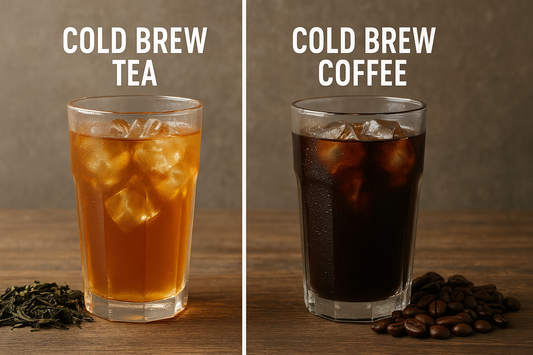Earlier this year in May, the New York Times talked with our founder Nishchal Banskota and a few other Nepali tea growers about the loose-leaf revolution that is taking place worldwide. Nepal Tea is one of the founders of this revolution, bringing loose-leaf tea straight from the hills of Kanchanjangha to teacups in the west side of the world.
Tea leaves from Nepal however, hasn’t always gotten the credit it deserves. Darjeeling holds the crown of the Champagne of teas. It is famous all over the world, and as their tea became well known, the industry itself struggled to meet those high demands. Sellers realized that due to the climate and altitude similarities, Nepali tea had equally great quality. That’s when tea leaves originally from Nepal were sold with ‘Darjeeling Tea’ labels. Back then, Nepali tea growers didn’t have the connections to sell or export their tea internationally, and their best bet was selling it to India. I asked Nishchal if he found this unfair and he said, “this was bound to happen and I don’t blame either country since it is a simple supply and demand issue here.” Nishchal added that the issue was about more than just transparency, Nepali tea growers were getting to sell their tea to a wider audience at better prices. Nepali tea growers needed a steady source of income and a way to save their tea leaves from rotting in their storages, and Darjeeling tea sellers needed something to sell under their famous labels. It worked for both the parties at that time and for smaller tea farms in Nepal, this is still true to date.
For years and years, this business has carried on as usual. But the loose-leaf revolution is attempting to give Nepal its own brand. Darjeeling tea is the Champagne of teas, but now Nepali tea is moving forward on its own and creating an impressive place for itself in the international tea market. This is why the New York Times recognized Nepal Tea as one of the leaders in this revolution! And we just scored the Bronze medal at the World Tea Championship! (Keep your eyes peeled for our next post about our award-winning tea strain!) We believe in promoting our unique flavor and also the people behind our tea leaves. Tea from Nepal stands out among other tea leaves as they come from young bushes that yield a distinctive floral taste. This means they taste better than the average cup of supermarket teas. Nepal Tea’s farms in Kanchanjangha Tea Estate run in a co-op model, and our farmers consider our tea bushes their babies. If you taste our tea, you will definitely feel the amount of time, effort, and love that goes into growing and getting them to your teacups!
The New York Times also talked to Nishchal about our current honeymoon phase. As a social enterprise that is still in its beginning years, we’ve definitely faced our setbacks and we recognize them too. One instance would be that we’re still experimenting harvesting techniques to maintain consistency in taste and quality year after year. However, we have things to pride on too. Kanchanjangha Tea Estate is the first certified organic tea garden in Nepal. Our tea farms’ unique model has been recognized as an exemplar to other businesses in Nepal and even in the world. Nepal Tea focuses on more than just business and profits, we care about establishing and taking care of our community, and this goes beyond Corporate Social Initiative. We take care of our farmers and their families, and they help us share the amazing gift of tea to you all!
We also stand out from other tea growers because our main ideology is that when we talk about our tea leaves, we also talk about our farmers, their lives, social aspects that form their communities, and Nepali tea’s history. Their stories are the hands that pick our tea leaves. Their efforts make sure we get to enjoy grade A tea on the other side of the world. They deserve just as much recognition. The whole idea behind sharing our farmers’ stories comes from giving Nepali tea its real credit. The Nepali tea industry is nothing without its farmers and Nepal Tea would be nothing without our farmers and their community back in Kanchanjangha Tea Estate. We are still in the beginning stages of our plan in achieving our big dreams. Our small bit in the loose-leaf revolution is to bring all Nepali tea growers together to create and establish a special identity for all Nepali tea.
Ek cup chiya kham! Let’s have a cup of tea!
In Nepal, we use ‘ek cup chiya kham’ to mean a lot of things. Sometimes it means let’s go chill or, let’s get to know each other. At rare times it’ll even mean let’s talk about all the things that the cosmos can hold while we sip tea from tiny cups. It’s something we say everyday, to meet new people and to catch up with the old ones, to start our mornings and celebrate our days. The act of getting a cup of tea with someone is a cherished custom in Nepal. After all, we are a country known for its hospitality and Visit Nepal 2020 is a great program that helps social enterprises like us welcome our tea lovers from the west to share our history and culture with you. So this year, like every year, Nepal Tea wants to welcome you to our homeland to taste our tea and fully immerse yourself in our culture, landscapes, and our Kanchanjangha tea farms. Once we meet you there, the first thing we’ll ask you is ek cup chiya kham!
Read the New York Times article we were featured in!
Nepal Tea would love to have you over for a cup of tea! Join us on our next trip to Kanchanjangha to learn about tea harvesting!
Is Nepal on your vacation list? Head on over to Visit Nepal 2020’s website to plan your next trip!




